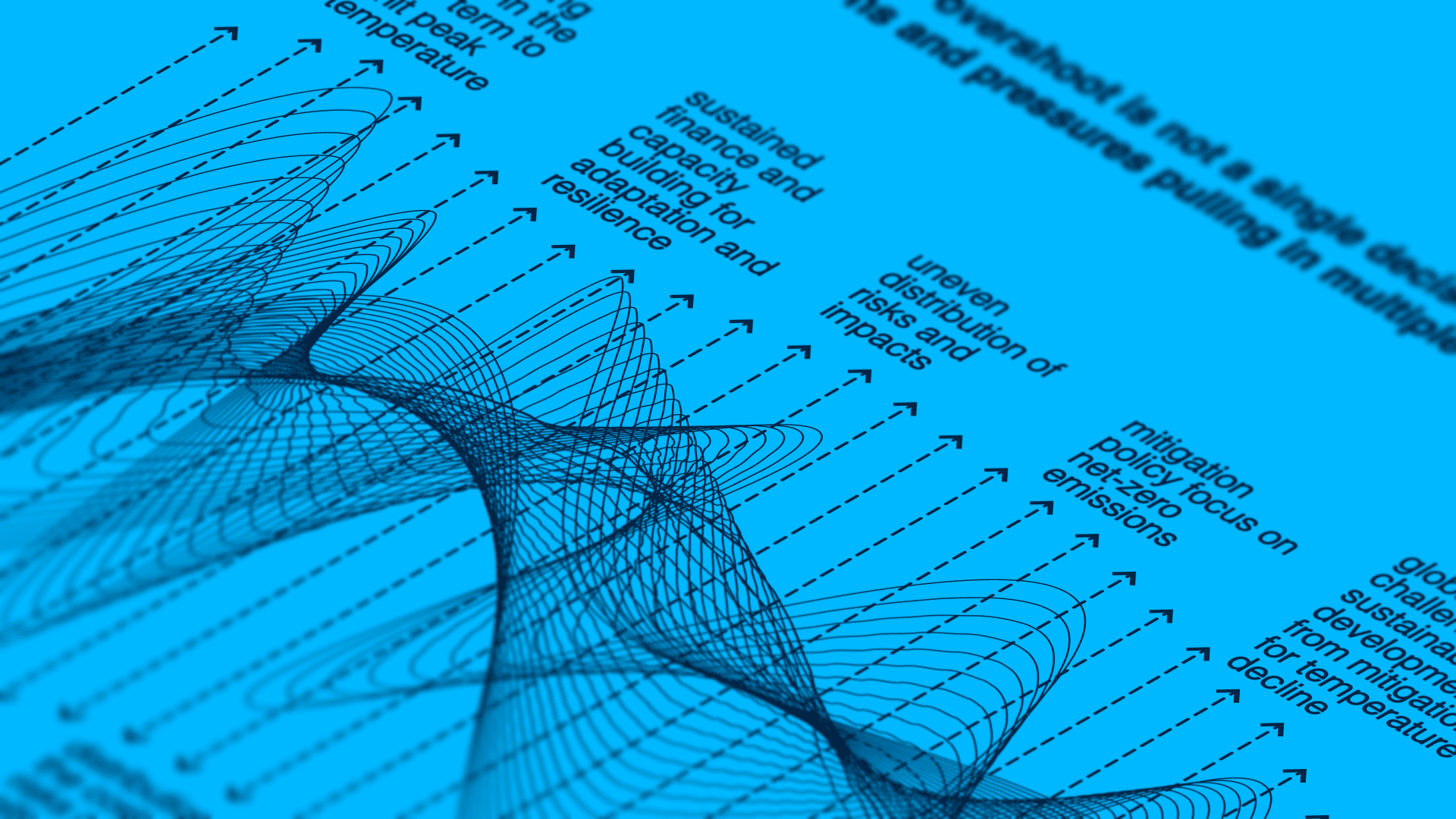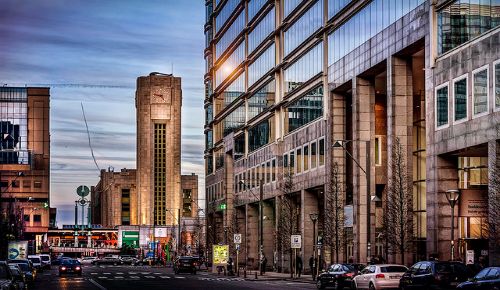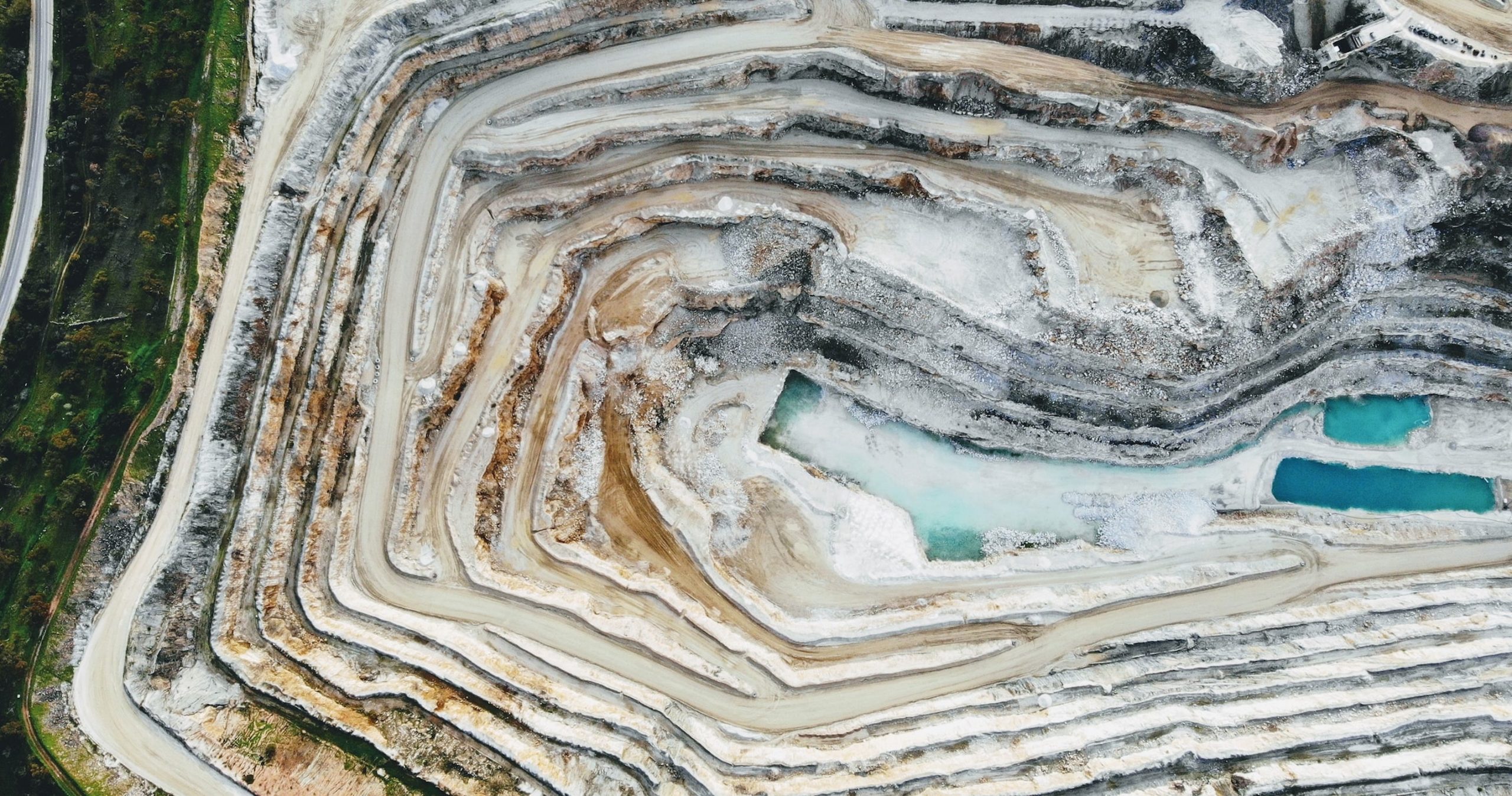“The fastest growing cities are located in hot humid regions,” says Kubota, whose research focuses on the development of energy-saving and low-carbon techniques for affordable housing in the Global South.
Part of the issue is finding ways of ensuring thermal comfort without relying on air conditioning in new housing developments. “We must find ways of promoting low carbon building initiatives which means looking at both low carbon technologies and also developing a low carbon culture.”
Kubota’s extensive experience working in countries such as Indonesia, through the project “Development of low-carbon affordable apartments in the hot-humid climate of Indonesia towards Paris Agreement 2030”, Malaysia and India has led him to research and implement solutions for affordable low-carbon building techniques. “We have to decouple rapid urbanization and the rise in building emissions,” says Kubota, who also participated in the CMCC’s Energya workshop in 2023, as part of The Cooling Solution project.
Why is it important to focus on cities in the Global South when talking about decarbonization in the building sector?
If we take a look at the global map, most rapidly growing urban populations are located in the Global South. These same areas also have a growing middle class that is starting to purchase and consume energy intensive goods like cars and houses with air conditioning.
We need to find ways of promoting low carbon initiatives in these areas, which means looking at both low carbon technologies and developing a low carbon culture.
In what ways does this play out in the Indonesian cities where you are conducting some of your research projects?
Indonesian cities are already extremely crowded and at the same time they are experiencing very rapid urbanization. In order to accommodate a growing urban population they are constructing a large amount of new apartments.
Our project in Indonesia, Development of low-carbon affordable apartments in the hot-humid climate of Indonesia towards Paris Agreement 2030, aims to provide low cost and low carbon solutions for new public housing. Currently, cost constraints mean that new buildings don’t really consider factors such as climate response, energy saving and carbon emissions. New houses are often just boxes where the priority is maximizing floor space.
Many new apartments, particularly for people with low incomes, don’t take things like shading and insulation into account, which means that occupants are forced to rely on air conditioning, which in turn means that energy consumption is rising continuously.
How can we ensure that reliance on air conditioning is kept to a minimum?
The idea is to develop low carbon standards for new apartments. To do this we first need standardized data sets. For example, climate data is one of the fundamental datasets needed for any kind of building simulation. Yet, in many places in the Global South, including Indonesia, there are no established standards for climatic data such as the typical meteorological year (TMY).
Before standardizing buildings, we have to standardize things such as climatic data which is why we are now working with the Meteorological Agency of Indonesia to develop an Indonesian TMY.
Another issue we found is that there are no standards for thermal comfort, which is an important metric for us to assess things like building performance. Physiological responses are different depending on people and their cultural context and we must consider these unique physiological characteristics when developing thermal comfort standards.
After this process of establishing surrounding factors in a standardized way we can use the data to develop and propose new building techniques and technologies, with a particular focus on passive techniques as these provide an excellent balance between affordability, thermal performance and low carbon emissions – which are the three main priorities when looking to provide low carbon housing for the Global South.
What are passive cooling solutions?
Passive strategies refer to not using air conditioning or other mechanical means to achieve thermal comfort. It’s about utilizing natural energy, which in the case of the tropics is often ventilation.
We try to find techniques where we can achieve thermal comfort through things like radiant floor cooling systems or by changing the layout of apartments and use of building materials so that their thermal properties are taken advantage of.
Why is it so important to address the way in which houses are cooled?
Once air conditioning becomes the only means of cooling in hot and humid climates, the energy required becomes one of the most important factors in household energy consumption. In fact, energy consumption for cooling reaches around 30% to 40% of total household energy consumption in some Indonesian cities. In rural areas, energy use for cooking is also significant but when we talk about household electric consumption in urban areas cooling is the key factor.
Will passive techniques work in a rapidly warming world?
Predictions for 2030, and of course 2050, show that average temperatures in Indonesia will rise. However, it is important to narrow this down and predict the state of urban climates and of specific climatic zones in Indonesia.
Before developing the Indonesian TMY we also developed a climate zoning map for Indonesia. Most climate zoning is based on the degree day – and therefore temperature – because most climate zoning is used for energy saving standards. However, our focus on passive cooling capacity means that we also need to know about other weather factors such as wind conditions, cloud cover, solar radiation and so on. Together with the Meteorological Agency we have classified the Indonesian climate using eleven weather factors that help us divide Indonesia into eight distinct passive climatic zones.
Based on these findings we can then estimate the potential of each of the passive cooling techniques and propose a set of building standards that are best suited to each climatic zone. For instance, in the case of zone one, night ventilation could be an effective solution and so on.
What other factors are relevant when looking at low carbon and affordable housing in the Global South?
It’s very hard to implement decoupling of CO2 emissions and GDP growth in a country’s development phase as they are correlated with high energy consumption and CO2 emissions.
To achieve this decoupling, we need to create new values, new lifestyles and incentivize behavioral change. In the case of our project in Indonesia we take a top-down approach: promote low carbon through the standardization of buildings. Yet in other projects, such as our latest one in India, we take a bottom-up approach to achieving a sustainable society.
Without changing the mindsets and behavior of users, we cannot implement low carbon technology effectively.
 Tetsu Kubota is a professor at Hiroshima University, Japan, where he also conducts international cooperation projects in the Global South in the field of Building Science. His research areas extend to Indonesia, Malaysia, Vietnam, Cambodia, Myanmar and India. His recent research has moved from fundamental studies to the actual social implementations, therefore connecting “scientific knowledge” with the actual social contributions.
Tetsu Kubota is a professor at Hiroshima University, Japan, where he also conducts international cooperation projects in the Global South in the field of Building Science. His research areas extend to Indonesia, Malaysia, Vietnam, Cambodia, Myanmar and India. His recent research has moved from fundamental studies to the actual social implementations, therefore connecting “scientific knowledge” with the actual social contributions.






